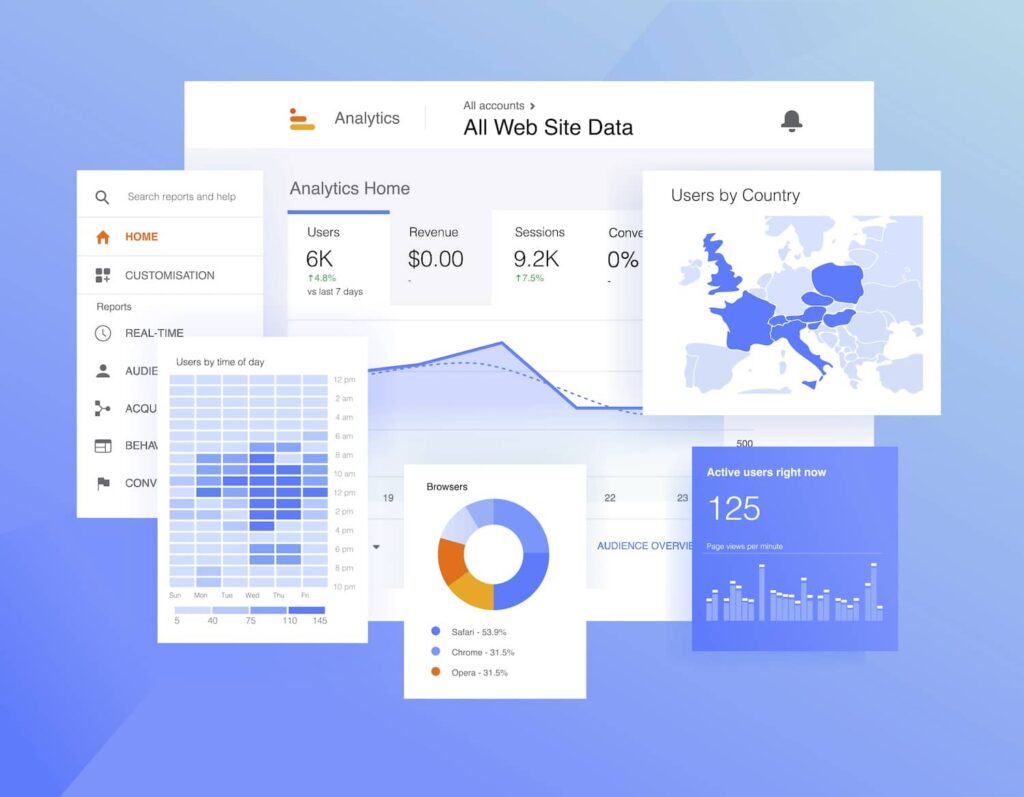In-Depth Consider Secondary Dimensions in Google Analytics: Definition and Ideal Practices
In-Depth Consider Secondary Dimensions in Google Analytics: Definition and Ideal Practices
Blog Article
Unveiling the Effect of Additional Measurement in Google Analytics on Data Evaluation and Insights
In the world of data analytics, the application of secondary measurements within Google Analytics has actually become a pivotal device for drawing out much deeper insights and unraveling complicated patterns that may or else remain obscured. By peeling off back the layers of main information collections, secondary measurements offer a nuanced viewpoint that enhances the understanding of user behavior, site efficiency, and the effectiveness of marketing strategies. Nevertheless, truth impact and untapped possibility of second measurements are often taken too lightly, outweighed by the allure of main metrics. As we navigate through the elaborate landscape of data evaluation, the significance of additional measurements comes to be significantly obvious, shedding light on crucial details that hold the trick to informed decision-making and tactical optimizations.
Exploring the Idea of Second Measurements
Second measurements in Google Analytics provide added insights by enabling individuals to analyze primary data in combination with an additional feature. By incorporating additional measurements, customers can dig deeper into the information and reveal important correlations that may otherwise go undetected - what is a secondary dimension in google analytics.
By discovering the various second dimensions readily available in Google Analytics, users can open new insights and optimize their digital advertising efforts. In significance, second dimensions serve as an effective device for improving information analysis and driving workable results.
Enhancing Information Analysis With Second Dimensions
Having developed the fundamental understanding of second measurements in Google Analytics and their pivotal function in data evaluation, the focus currently moves in the direction of leveraging these second features to boost the interpretation of analytics information (what is a secondary dimension in google analytics). By integrating additional dimensions into information evaluation, experts can gain much deeper understandings right into individual habits, website performance, and marketing performance

Furthermore, secondary measurements help in contextualizing key data metrics by providing added layers of details. This contextualization aids in recognizing the 'why' behind the data trends, aiding analysts make educated choices and optimizations to enhance total efficiency. Inevitably, integrating secondary measurements enriches the information analysis procedure, causing even more critical actions and purposeful understandings.
Discovering Hidden Insights With Secondary Measurements
Exploring the depths of analytics data with additional dimensions exposes useful understandings that would or else stay obscured. By incorporating second dimensions in Google Analytics, organizations can uncover hidden patterns, patterns, and correlations that offer an even more detailed understanding of user actions and site performance. These added layers of information allow experts to dive deeper into the key dimensions, such as traffic sources or landing web pages, and get a much more nuanced description viewpoint on how different variables communicate with each various other.
With the usage of secondary measurements, experts can segment and compare information across numerous measurements, enabling them to identify specific factors that affect customer engagement, conversion prices, and overall success metrics. By matching the primary measurement of 'tool category' with the second measurement of 'age group,' marketers can pinpoint which age demographics like accessing the internet site through mobile gadgets versus desktops.
Leveraging Additional Dimensions for Actionable Analytics
Structure upon the understandings unveiled through second dimensions in Google Analytics, services can currently harness this enriched information landscape to drive workable analytics and calculated decision-making. By leveraging second dimensions, organizations can delve deeper right into their information to draw out beneficial patterns, fads, and connections that might have previously gone unnoticed. This much deeper level of evaluation allows services to acquire an extra detailed understanding of user habits, project performance, and total site efficiency.
One secret advantage of utilizing secondary dimensions for actionable analytics is the ability to sector data based on particular criteria. This segmentation enables companies to tailor their approaches and campaigns to different audience groups, leading to much more targeted and efficient marketing efforts - what is a secondary dimension in google analytics. In addition, secondary dimensions supply an even more holistic sight of customer communications, allowing organizations to optimize their web site material, layout, and overall individual experience
Maximizing Decision-Making With Second Dimensions
To improve calculated decision-making in analytics, leveraging secondary dimensions in Google Analytics can offer a more nuanced point of view on customer behavior find out here and campaign performance. By including second measurements into data analysis, organizations can dig much deeper into the specifics of their internet site site visitors' communications and engagement patterns. This extra layer of information enables a much more extensive understanding of just how different variables, such as demographics, devices, or traffic sources, effect key performance signs.

Conclusion
Finally, making use of secondary measurements in Google Analytics plays a critical role in improving data analysis and uncovering surprise understandings. By exploring this concept, one can gain a deeper understanding of user actions and make notified decisions based upon actionable analytics. Leveraging second dimensions permits for an extra thorough interpretation of information and makes best use of the performance of decision-making procedures.

Report this page